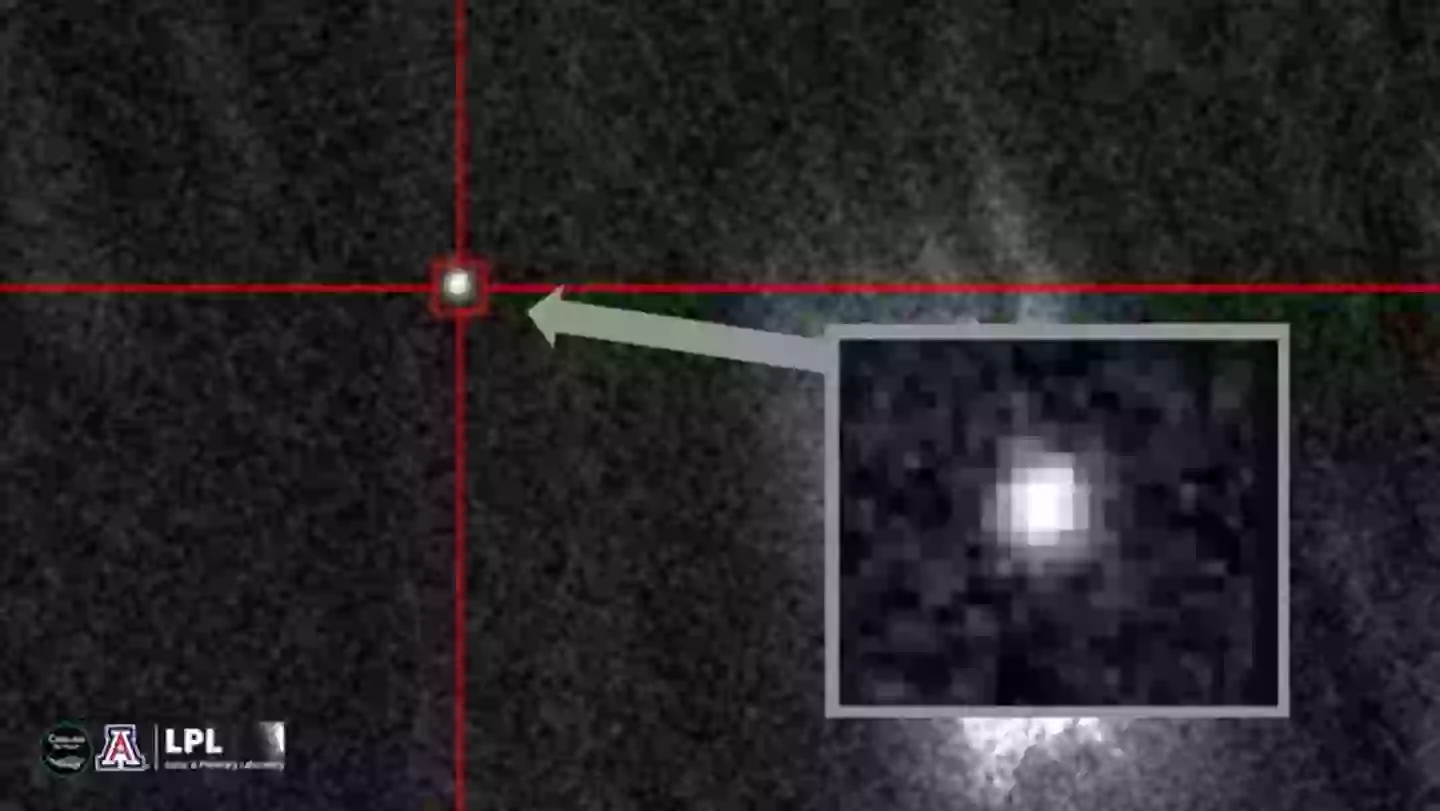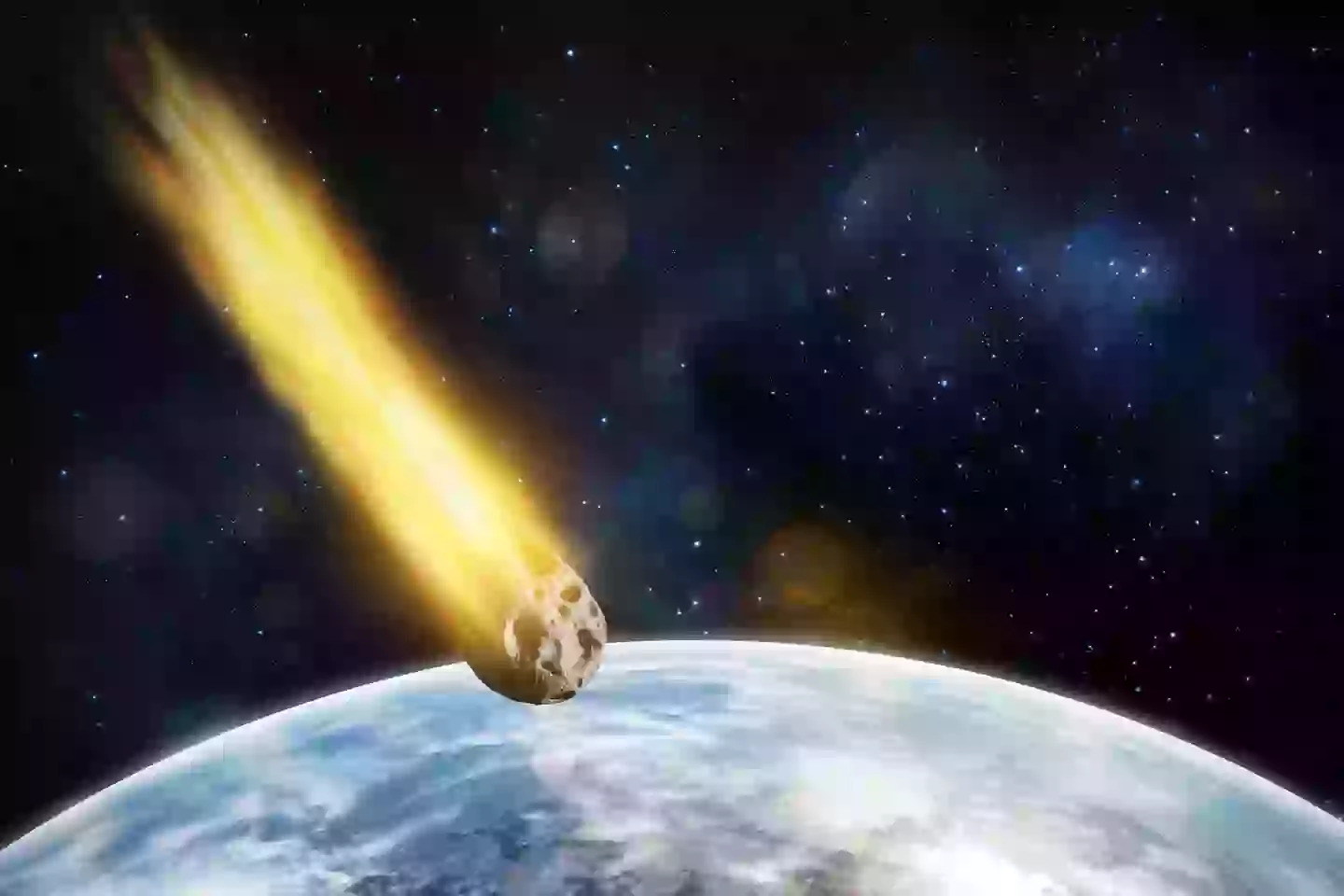To make sure you never miss out on your favourite NEW stories, we're happy to send you some reminders
Click 'OK' then 'Allow' to enable notifications
To make sure you never miss out on your favourite NEW stories, we're happy to send you some reminders
Click 'OK' then 'Allow' to enable notifications
Scientists have released pictures of what the 'city destroying' asteroid looks like as the exact locations it could hit have been revealed.
NASA found a somewhat concerning asteroid in December last year which they've gone on to name 2024 YR4.
The space rock was initially spotted by an automated telescope in Chile and went to the top of the impact risk list maintained by US and European space agencies.
Advert
Scientists predict the asteroid could crash into Earth on December 22, 2032.

According to reports, it could be as big as the Statue of Liberty or Cinderella's Castle in Walt Disney World Florida, and scientist Dr Robin George Andrews has warned even protecting ourselves from its impact could go wrong.
He explained that firing rockets at it to deflect it from its path could spark the end times.
Advert
But with a one-in-48 chance, it's still unlikely it will actually hit home.
Still, scientists are still studying the asteroid and have now released images of what it looks like.
The snap was captured on February 7 this year by the 8.1-meter Gemini South telescope on Cerro Pachón mountain in the Chilean Andes.
At the time, the asteroid was around 37 million miles from Earth and 130 million miles from the sun, according to Space.com.
Advert
Bryce Bolin, the NASA Goddard Space Flight Center astronomer who helped capture the photograph, told the outlet: "I find 2024 YT4 to be extremely exciting! Not only because of its notoriety but for the scientific potential of studying such a small asteroid in high detail.
"Only a few asteroids have been studied like this."
Explaining how he got the image, he said: "We took 12 200-second long exposures in the Red band and tracked the motion of the asteroid to obtain these images.

Advert
"The observations were difficult for three reasons. Firstly, the asteroid was faint, requiring the use of large telescopes to observe."
This is because the 2024 YR4 was visible when the moon was 70 per cent illuminated, meaning there was other background light in the sky and more difficult to detect the asteroid.
Secondly, the asteroid was moving 0.26 arceseconds per minute, which meant Bolin and the team had to carefully track it with Gemini South.
It isn't the first time space boffins have captured a pic of the asteroid either, though NASA last published a glimpse of on December 27 last year.
Advert
The International Asteroid Warning Network is also continuing to monitor and track the asteroid to determine its risk, as it will be visible throughout April.
However, after that, it will be 'too faint to observe' up until June 2028.